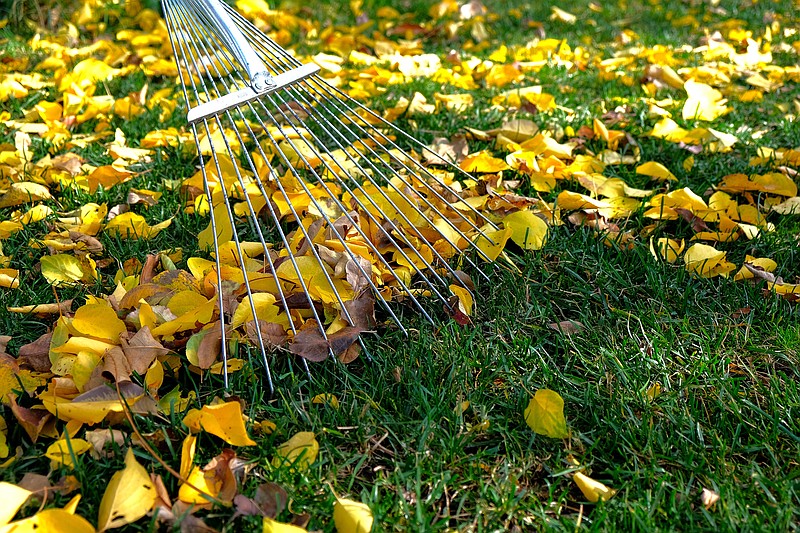September is an excellent time to address your lawn and prepare it for the colder months to come. If your lawn is properly winterized, it has a better chance at surviving the colder temperatures, and it will be more likely to flourish when spring arrives.
Begin with a basic cleanup. Rake leaves, remove branches and clear flower beds. Move cans of paint indoors to keep the paint from freezing.
Clear leaves from the yard. Fallen leaves will deprive your grass of crucial sunlight during the fall months. Leaves can also accumulate and get wet, leading to mold growth and attracting pests, such as termites. Cover the grill and any patio furniture.
Mow grass until it stops growing. Keep it about 3 inches tall to minimize weed growth.
Put away lawn equipment and hoses. Drain gasoline and dispose of it properly, or run lawn equipment until gasoline is empty. It can gel over winter and cause problems with engine starts.
Aerate your lawn in the fall for good root development. Aeration allows for air, moisture and fertilizer to travel to the roots of the grass more efficiently. If your lawn includes bald spots, sow grass seed to fill them in.
Plant flower bulbs in late fall to establish a strong rooting before winter. Add a 2- to 3-inch layer of mulch around your plants.
For cool-season grasses, fall lawn fertilization helps promote healthy roots, which translates to a more verdant and pest- and disease-resistant lawn for spring. If you're not interested in doing the job yourself or are concerned you'll harm your grass, consider hiring a lawn care treatment professional to spruce up your greenery for you.
If you'd like to take on the task yourself, first find out what type of grass you have. Check your local county extension or do some online research to determine your grass type. Most cool-season grasses can be fertilized in late spring or late fall. Warm-season lawns are best fertilized in the late spring or summer.
For cool-season grasses, experts generally recommend fertilizing twice in fall: once in early fall with a high-nitrogen fertilizer to strengthen blade growth and again in late fall with a high-phosphorus fertilizer to promote root growth.
Ideally, wait for a cool day and some rain. Spread the fertilizer carefully, using gloves to protect your skin. If you're using a granular fertilizer instead of liquid, use a fertilizer spreader, which you can buy at your local hardware store.
Water after fertilizing. Most dry fertilizer products require water to be effective.

